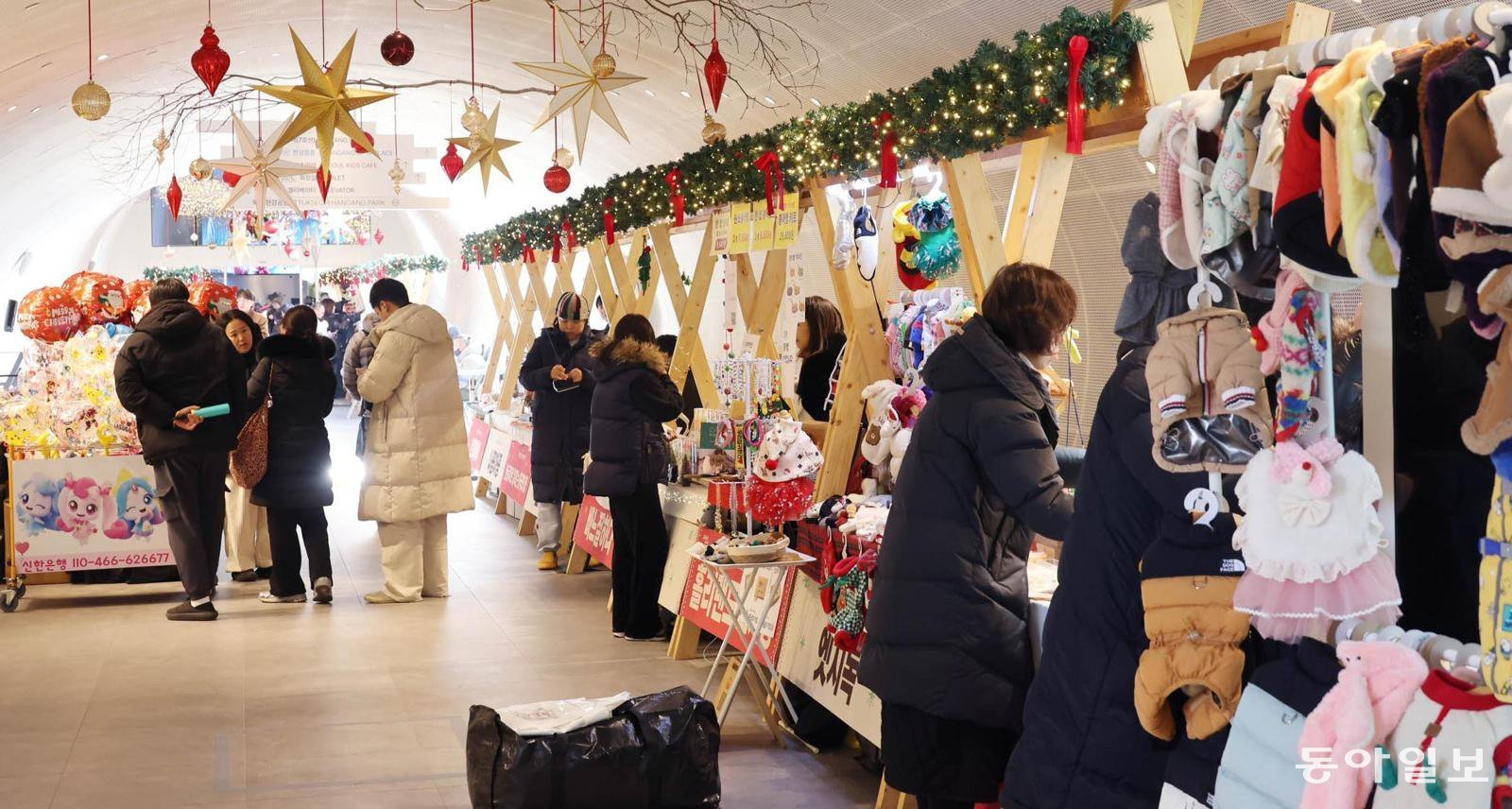Millions of Flowers Wave in Fragrance
Millions of Flowers Wave in Fragrance
Posted April. 25, 2002 09:11,

Two rocks were guarding the beach. Because they were smoothened due to long weathering and looked similar to an old man and woman, they were called `Old Woman-Man Rock`.
The setting sun sat on the horizon, as if it was taking a short rest between the rocks and the sea. Who would have named it as `island of comfortable sleep` (Anmyun-do)? As the name suggests, every beach on the island is gentle and smooth for comfortable walking.
Among them, Kkotji is quite noticeable because of its pretty name. It is the most famous one out of Anmyun-do’s 10 beaches. Its ground sand is very fine and wide. Although the Old Woman-Man Rock has a sad legend that a couple is facing each other in eternity after going through an unwanted separation, the beach was peaceful and quiet. Only the sound of waves could be heard. The rocks were silent. Next to them, yellow flowers were swaying at a breeze, giving out rich fragrance.
Beach wind may be strong, but it is the pine trees that calm it. Even rough sea winds become gentle between tall Anmyun-pine trees, which were used at palaces in the time of Chosun. The pine forest quietly stood against the wind behind the beach, and it seemed majestic despite its age over 100 years. Such majestic scene of pine trees gives out a sense of dignity. And that scenery is certainly to be remembered along with Anmyun-do’s beach.
The pine trees crowded into woods to form Anmyun-do’s natural recreation forest. A 3 kilometer-long esplanade goes through a beautiful place that overlooks beach. The forest smells of strong pine scent. It is the place, where both beach and forest can be enjoyed. No trail can be better than this. Besides, Kkotji beach is only a short distance away from the recreation forest. Probably, only half an hour away.
The location for the International Flower Exhibition, which will continue until May 19, is right here, between Kkotji and the recreation forest. The festival hosts 170 organizations and enterprises from 30 nations, including Japan, China, Netherlands, Germany, and France, in a `Flower World Cup`.
In the 240,000 pyong (79 hectare)-wide exhibition site, 8 indoor galleries, 13 outdoor gardens, and an arboretum are located. Total of 56 different kinds of plants and 1.85 million plantations (approximately 100 million blooms) are just awaiting the opening. Indoor exhibition halls each express different themes like `Flower and New Civilization`, `Cosmos`, and `Flower Food` through flowers. In the `Flower and New Civilization` exhibition, visual images show the beauty of flowers and convey a message of global construction towards peace. In the `Cosmos` exhibition, each nation’s representative flowers like `dancing flowers` (China), Tulips (Netherlands), and flower arrangements (Japan) are to be displayed. `Flower Food` exhibition will both display and sell 130 different kinds of food, including azalea fries, azalea wine, and chrysanthemum fries.
`Garden of Peace` in the open-air garden is a piece of work that symbolizes peace by planting flowers, including lilies, carnations, and roses on the soils that are brought in from battlefields like Stalingrad (Russia) and `Baekmagoji` (Korea). In the arboretum, Korea’s traditional garden is reproduced, and magnolias and white oaks are also planted.
The entrance to the exhibition site is Kkotji beach. One may pass each exhibition hall through the arboretum, and reach the natural recreation forest. To have a tour around the entire exhibition, 4 and a half hours will be needed, and for the recreation forest, an hour.
Won-Hong Lee bluesky@donga.com







